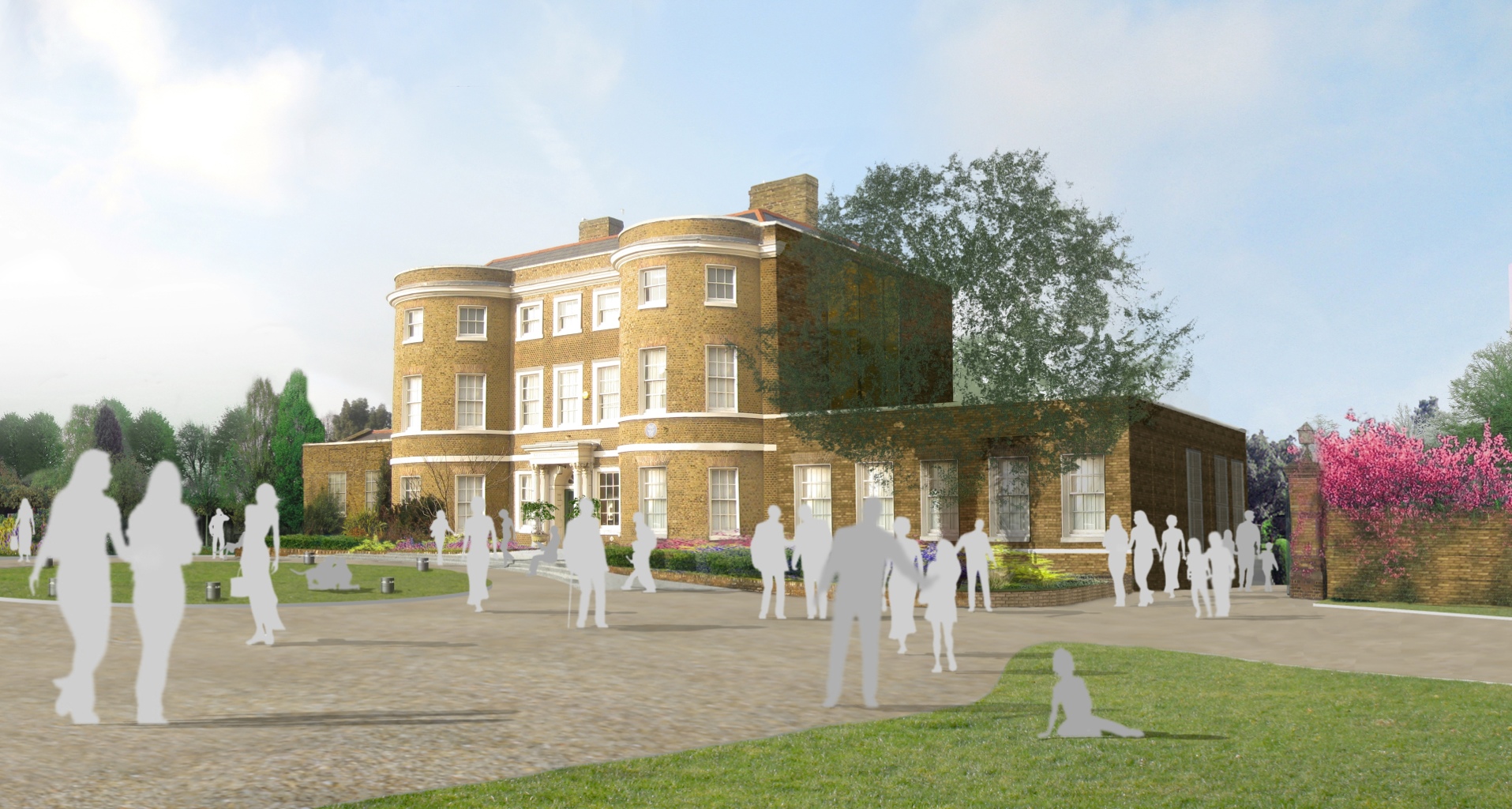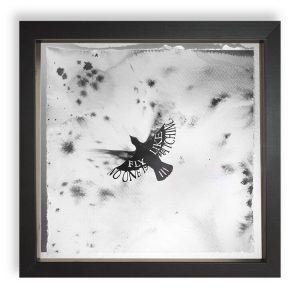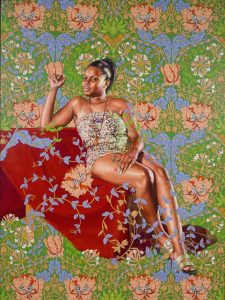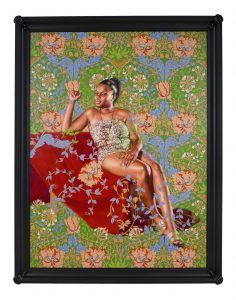Turner Prize winner Grayson Perry the first artist to exhibit in the new temporary exhibition gallery displaying his Walthamstow Tapestry until 23th Sept 2012.
The William Morris Gallery – in Walthamstow, London, the place of Morris’s birth – has been transformed to create a new world-class destination and international centre of excellence for the study of Morris, where visitors can enjoy the most intense and personal encounter with one of the foremost creative artists and original thinkers of the nineteenth century. Both the William Morris Gallery and the Gardens will reopen on 2nd August. Entry is free.
William Morris, born in Walthamstow in 1834, was a founder of the Arts and Crafts movement, supporter of the Pre-Raphaelites, a socialist pioneer, designer, craftsman and visionary, whose work still influences these fields today. The collection housed at the William Morris Gallery is the only one in the world to represent all aspects of Morris’s work and the transformation of the building provides a unique opportunity for the visitor to become immersed in the life and works of this creative genius.
The William Morris Gallery is housed in Morris’ family home where he lived from 1848 to 1856. The 18thCentury, Grade II* listed building has been completely refurbished, revealing many of the orginal Georgian features for the first time and enabling people to experience the house as Morris would have done. The gardens have been restored using design and planting inspired by Morris and plans of the garden from the 18thCentury. The drive to the house has been remodelled as a circular carriageway sweep, giving a fitting, and historically accurate approach to the house. The Gardens have been restored as part of a wider refurbishment of Lloyd Park, in which the Gallery is situated.
The transformation delivers increased and fully-refurbished exhibition space with three new galleries and the chance for previously unseen works to be displayed, a library, research and education centre and a new Georgian orangery-inspired extension housing a new tearoom and balcony overlooking the gardens.
Almost 600 objects will now be on display across 12 galleries. Many artefacts are on display for the first time and arranged across six major themes exploring different aspects of Morris’ life.
The deeply personal, such as a letter to his mother from her student son addressing her feelings that he lacked ambition and her concern about him not going into the Church; a hand inscribed book for his wife, Jane, for her birthday; and his coffee cup and trusty satchel in which he carried his sketchings, essays and political pamphlets.
Majestic and influential works such as his first ever wallpaper design, through to the wallpaper he designed for St James’ Palace. Amidst the woven, printed, embroidered and knotted textiles is The Woodpecker – the only tapestry Morris designed alone. Some of the Firm’s earliest tiles, such as the Beauty and the Beast panel, the stained glass designs that made their name, furniture and finally the last masterpiece Morris created, the Kelmscott Press Chaucer.
A range of work reflecting Morris’s influence on other artists, for example the fretwork chairs designed by Mackmurdo, one of only five to exist in the world and indentified as the precursor to Art Nouveau.
Political thinking and writing including his utopian fiction News From Nowhere where Morris imagines a future in which capitalism, government and industry have been swept away and the countryside has replaced towns and cities.
The Galleries also include designs, paintings and furniture by the talented artists and craftspeople Morris surrounded himself with including works by Edward Burne-Jones, Dante Gabriel Rossetti, Ford Madox Brown and Phillip Webb.
Grayson Perry said: “I admire Morris for the range and depth of activity he was able to explore and the lasting influence he has had. I love ornate pattern and this is where Morris excels, his work has a joyous sense of design that provides visual delight and is immediately accessible to everyone. I always hope to achieve similar aims through my work which means I am extremely delighted that my Walthamstow Tapestry is the first temporary exhibition in the transformed William Morris Gallery.
“Morris typifies what makes places like Walthamstow special. A place that most people think is just an ordinary part of London is actually rich with interesting people, histories and social and political activity. My studio is in Walthamstow and that is where I designed the Walthamstow Tapestry. The most famous textile artwork for most Britons is the Bayeux Tapestry so I wanted to echo that. But I wanted the title to reflect it is about all our lives and Walthamstow exemplifies the idea that behind the facade of the average is there so much more.”










